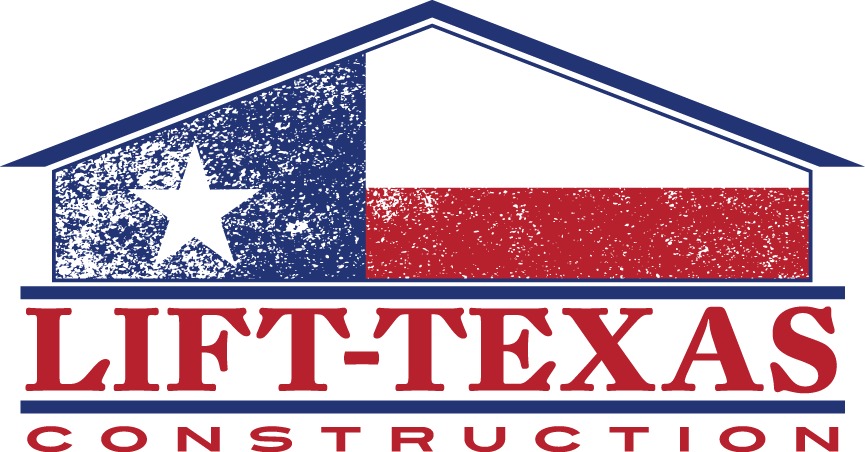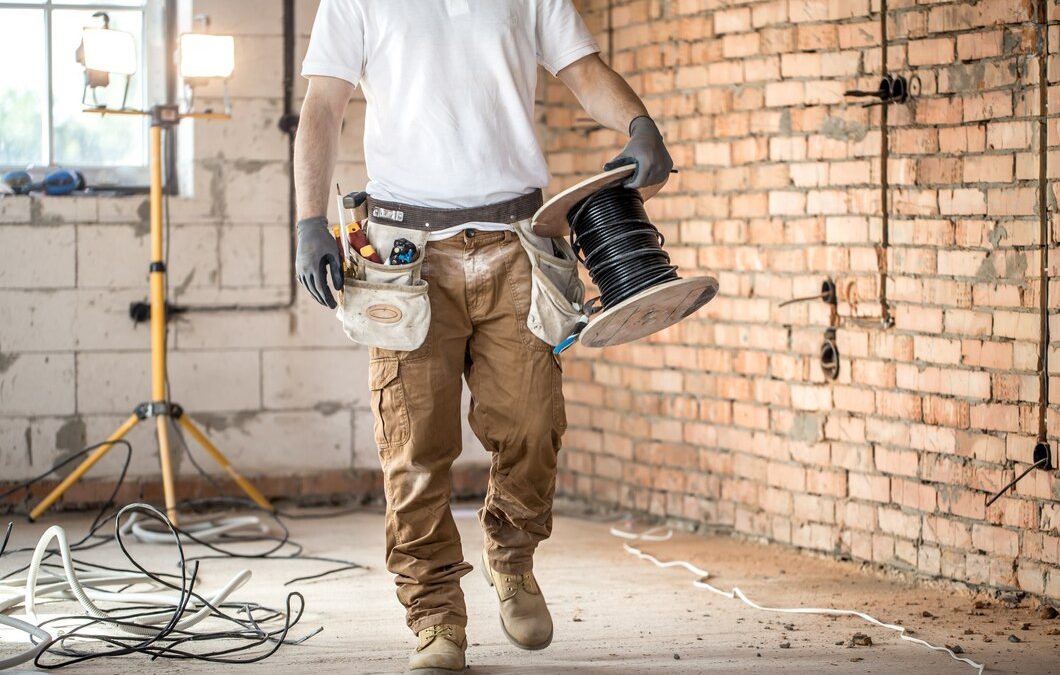Foundation problems can be a serious issue for any homeowner. If left unchecked, they can lead to significant structural damage and costly repairs. Knowing how to spot foundation problems early can save you a lot of time and money. It’s important to keep an eye out for warning signs and address them as soon as possible.
Foundation issues can manifest in many ways, both inside and outside your home. Cracks, uneven floors, and sticking doors are just a few indicators that something might be wrong with your foundation. Being aware of these signs can help you take action before the damage gets worse.
In this article, we’ll walk you through how to spot foundation problems in your home. We’ll cover common signs, exterior warning signs, and interior indicators. We’ll also discuss the steps you should take if you notice any of these signs. By the end, you’ll have a better idea of what to look for and how to address potential foundation issues. Keeping your home safe and secure starts with understanding what to watch out for and making sure you address any problems quickly.
Common Signs of Foundation Problems
Recognizing the common signs of foundation problems is the first step in addressing them. Spotting these early helps you take action before the issues worsen.
- Cracks in Walls and Floors: One of the most noticeable signs of foundation trouble is cracks. Look for cracks in your walls, especially around windows and doors, as well as in your floors. These cracks can indicate that your foundation is shifting or settling unevenly.
- Uneven or Sloping Floors: If you notice that your floors are not level or they slope in certain areas, this could point to foundation problems. Walk around your home and feel for any uneven spots, as this could mean the foundation is failing in those areas.
- Sticking Doors and Windows: Doors and windows that suddenly become hard to open or close can be a sign of foundation issues. When the foundation shifts, it can cause the frames of your doors and windows to become misaligned.
- Gaps Around Frames and Molding: If you see gaps or spaces between your walls and the frames of your doors or windows, or between the molding and the walls, it could indicate your foundation is moving.
- Bowing or Bulging Walls: Walls that bow or bulge are a serious warning sign. This can occur when the foundation is under stress and is no longer able to support the weight of your home properly.
By being aware of these common signs, you can catch foundation problems early. Keep an eye out for these symptoms and take action as soon as you notice them to prevent further damage.
Exterior Warning Signs to Look For
Foundation problems can show up outside your home as well. Checking the exterior of your house can help you spot issues early.
- Cracks in Exterior Walls: Walk around the outside of your home and look for cracks in the foundation or brickwork. Horizontal cracks, in particular, are a red flag, as they can indicate serious foundation movement.
- Gaps Between Bricks or Stones: If you notice gaps appearing between the bricks or stones in your exterior walls, your foundation may be shifting. These gaps can allow moisture to enter, leading to further damage.
- Tilting Chimneys: A chimney that is tilting or pulling away from the house can signal foundation trouble. Since chimneys are heavy structures, foundation issues can cause them to lean, which is dangerous and requires immediate attention.
- Separating or Misaligned Siding: Check for any areas where the siding is pulling away from the house or appears misaligned. This can result from the foundation moving and can lead to further structural issues.
- Soil Pulling Away from Foundation: Look at the soil around the base of your house. If it is pulling away from the foundation, it could indicate that the soil is settling, which can affect the foundation’s stability.
- Pooling Water Near Foundation: Water pooling around the base of your home can erode the soil and weaken the foundation. Ensure your gutters and downspouts direct water away from the house to prevent this.
By regularly inspecting the exterior of your home for these warning signs, you can catch foundation problems before they become more serious. Taking preventive measures can help maintain the structural integrity of your home.
Interior Indicators of Foundation Issues
Foundation problems can also show up inside your home. Knowing what to look for can help you catch issues before they worsen.
- Cracked Walls and Ceilings: Inside your home, check for cracks in the drywall, especially around door frames and windows. Vertical cracks are common but still need attention. Cracks that follow a stair-step pattern can indicate serious foundation issues.
- Uneven Floors: Walk around your home and pay attention to any spots where the floor feels uneven. A sloping or sagging floor can be a sign of foundation trouble. Using a level tool can help you determine if your floors are uneven.
- Doors and Windows Misalignment: If doors and windows are becoming hard to open or close, it can indicate foundation movement. Inspect for gaps between the door or window and its frame. If the frames are pulling away, this is a clear sign of foundation trouble.
- Cabinets and Counters Separating from Walls: Notice if your kitchen cabinets or countertops are separating from the walls. This gap can be a result of the foundation shifting, pulling structures out of alignment.
- Floors Cracking or Bulging: Check your floors for any signs of cracking or bulging. Tile or hardwood flooring can show these signs as the foundation moves and puts pressure on the home’s structure.
- Water Damage: Water stains on floors or walls can indicate that moisture is seeping in due to foundation issues. Persistent dampness in the basement or crawl spaces can also signal foundation problems.
By recognizing these interior signs, you can address foundation issues early and prevent more extensive damage. Regularly check these areas to maintain your home’s integrity.
Steps to Take When You Spot Foundation Problems
If you recognize any of these warning signs, it’s essential to take action right away. Here’s what you should do:
- Document the Signs: Start by documenting the issues you observe. Take photos and notes about cracks, uneven floors, or any other signs of foundation problems. This documentation will be useful when talking to professionals.
- Consult a Professional: Contact a foundation repair specialist for an inspection. Professionals can accurately assess the extent of the damage and recommend the best course of action. Look for companies with good reviews and experience in foundation repair.
- Get Multiple Quotes: Obtain quotes from at least three different contractors. Compare their assessments, recommendations, and prices. This helps ensure you’re getting a fair deal and the best service.
- Understand the Repair Plan: Once you choose a contractor, make sure you clearly understand their repair plan. Ask questions about the materials they will use, how long the work will take, and what the process involves. Ensure the plan addresses all the issues you documented.
- Check for Permits and Inspections: Verify if you need any permits for the repair work. Your contractor should handle this, but it’s good to be informed. Also, check if any inspections are required after the repairs are completed.
- Prepare Your Home: Depending on the extent of the repairs, you may need to prepare your home. This could involve moving furniture, securing valuables, or temporarily relocating.
- Follow Up: After the repairs are done, keep an eye on the previously affected areas. Monitor for any new signs of foundation problems. Regular maintenance can help prevent future issues.
Taking these steps ensures that you address foundation problems effectively and keep your home safe. Acting quickly can save you from more extensive damage and higher repair costs down the line.
Conclusion
Foundation problems can significantly impact your home’s safety and value. Knowing how to spot these issues early can save you time, money, and stress. By paying attention to both exterior and interior signs, you can catch problems before they escalate. Simple actions like documenting issues and consulting professionals can make a huge difference.
Ignoring foundation problems won’t make them go away. The sooner you take action, the better off you’ll be. Regularly inspecting your home and taking immediate steps when you spot issues can maintain your home’s stability.
For expert help with foundation issues, contact Lift-Texas Construction, the best foundation repair company. Our team of professionals is here to provide you with reliable and effective solutions. Don’t wait until minor issues become major problems, reach out to Lift-Texas Construction today and ensure your home’s foundation is in top shape!

